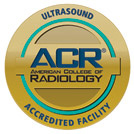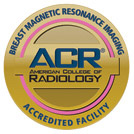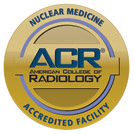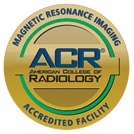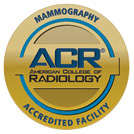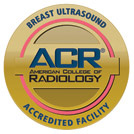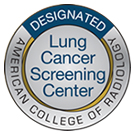Your doctor has requested that you have a thoracentesis/paracentesis. This will help answer some of the most common questions.
What is a thoracentesis/paracentesis?
A procedure in which a doctor will use a fine needle to extract fluid from your chest or abdomen.
Who does the procedure?
A radiologist (x-ray doctor) performs the procedure, with assistance from technologists.
What preparations must I take before the exam?
You will need to have blood work done prior to the examination. You will also need to speak with your doctor and possibly discontinue taking any aspirin or blood thinning medication you may be taking.
What do I do on the day of the test?
Report to the Admitting Office approximately 20 minutes before your scheduled time if you have not been contacted by the Admitting Office. Otherwise, report directly to Radiology.
What happens during the procedure?
Your chest or abdomen, depending on where your excess fluid is, is cleansed with an antiseptic soap. The area of needle insertion is numbed by the Radiologist and then the needle is inserted to remove the fluid.
How long does it take?
The entire procedure should take no longer than 1 hour. This may vary with each individual depending on your doctors specifications.
What will I be able to do following the exam?
We recommend that you just rest on the day of the procedure. As long as you are feeling up to it, you can resume normal activity the following day.
Are there complications?
Most people tolerate the exam without difficulty. Following a thoracentesis a chest x-ray is routinely taken. Some patients may experience leakage of air into the chest and the chest x-ray will detect it. You will be given some discharge instructions following your exam which will describe signs to watch for in case of infection.





